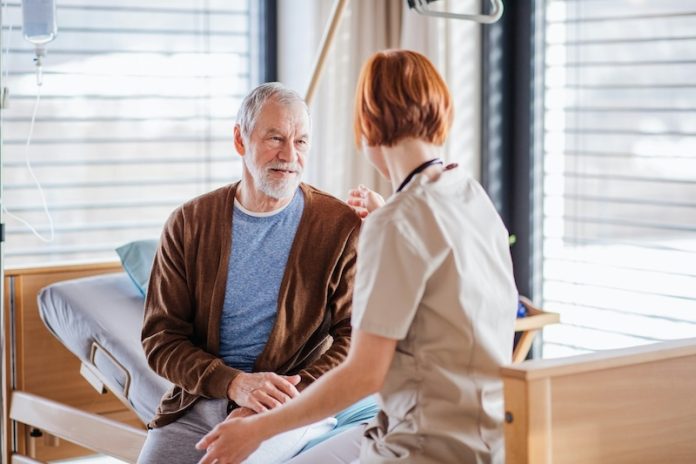
A stroke can be devastating, especially when it affects the ability to speak.
For many stroke survivors, speech improves over time, but until now, scientists did not fully understand how the brain reorganizes itself to recover language skills.
A new study, conducted by researchers from Leipzig University, the Max Planck Institute for Human Cognitive and Brain Sciences, the University of Leipzig Medical Center, and the University of Cambridge, has shed light on the brain’s recovery process after a stroke.
Published in the journal Brain, the research reveals how different areas of the brain step in to support language recovery in the months following a stroke.
The research team examined stroke patients at three different stages: immediately after the stroke, two weeks later, and then again after six months.
Unlike previous studies that focused on specific language regions, this study looked at how entire brain networks work together to help patients regain speech.
The scientists identified three key ways the brain compensates for lost language ability:
When a stroke damages areas in the left side of the brain responsible for speech, other connected areas—known as domain-general regions—step in to provide support. These regions exist on both sides of the brain and help with cognitive tasks, including language recovery.
The right side of the brain, which is normally less involved in speech, starts taking on a larger role in language processing.
These mirror-image regions, called homologues, are not usually responsible for language but begin assisting the damaged left hemisphere.
In addition to recruiting new areas for help, the brain intensifies communication within the damaged left hemisphere.
The remaining language-related brain areas work more closely together, strengthening their connections to support recovery.
The study also found that the way the brain adapts varies from person to person. Recovery depends on where exactly the stroke occurred—whether it damaged the front or back of the left hemisphere.
Since the organization of language areas differs between right-handed and left-handed people, the researchers focused only on right-handed stroke patients to maintain consistency.
To study how the brain reorganizes itself, the team analyzed functional MRI (fMRI) scans of 51 participants (34 stroke patients and 17 healthy controls). The scans measured brain activity while participants performed language tasks. The researchers used a special modeling technique to determine which brain areas were influencing others at each stage of recovery.
Dr. Philipp Kuhnke, one of the study’s authors, explained that their method not only showed which areas of the brain were active but also revealed which areas were driving recovery at different stages.
These findings could be game-changing for stroke rehabilitation. By understanding which brain networks are involved in speech recovery, doctors could develop personalized treatments to help patients regain their language skills more effectively.
Professor Gesa Hartwigsen, one of the study’s lead researchers, believes this research could lead to targeted neurostimulation therapies in the future. Techniques such as brain stimulation or customized speech therapy programs could be designed based on a patient’s unique brain activity pattern.
However, she emphasizes that more research is needed. Future studies with larger groups of patients and more detailed brain analyses could help scientists identify early predictors of successful speech recovery.
This study provides new insights into the brain’s incredible ability to rewire itself after a stroke. By understanding how different brain areas adapt and support each other, researchers are moving closer to developing more effective treatments that could significantly improve speech recovery for stroke survivors.
With ongoing research, the goal is to eventually predict recovery outcomes shortly after a stroke—helping doctors and patients take early, personalized steps toward regaining lost communication skills.
The research findings can be found in Brain.
Copyright © 2025 Knowridge Science Report. All rights reserved.



